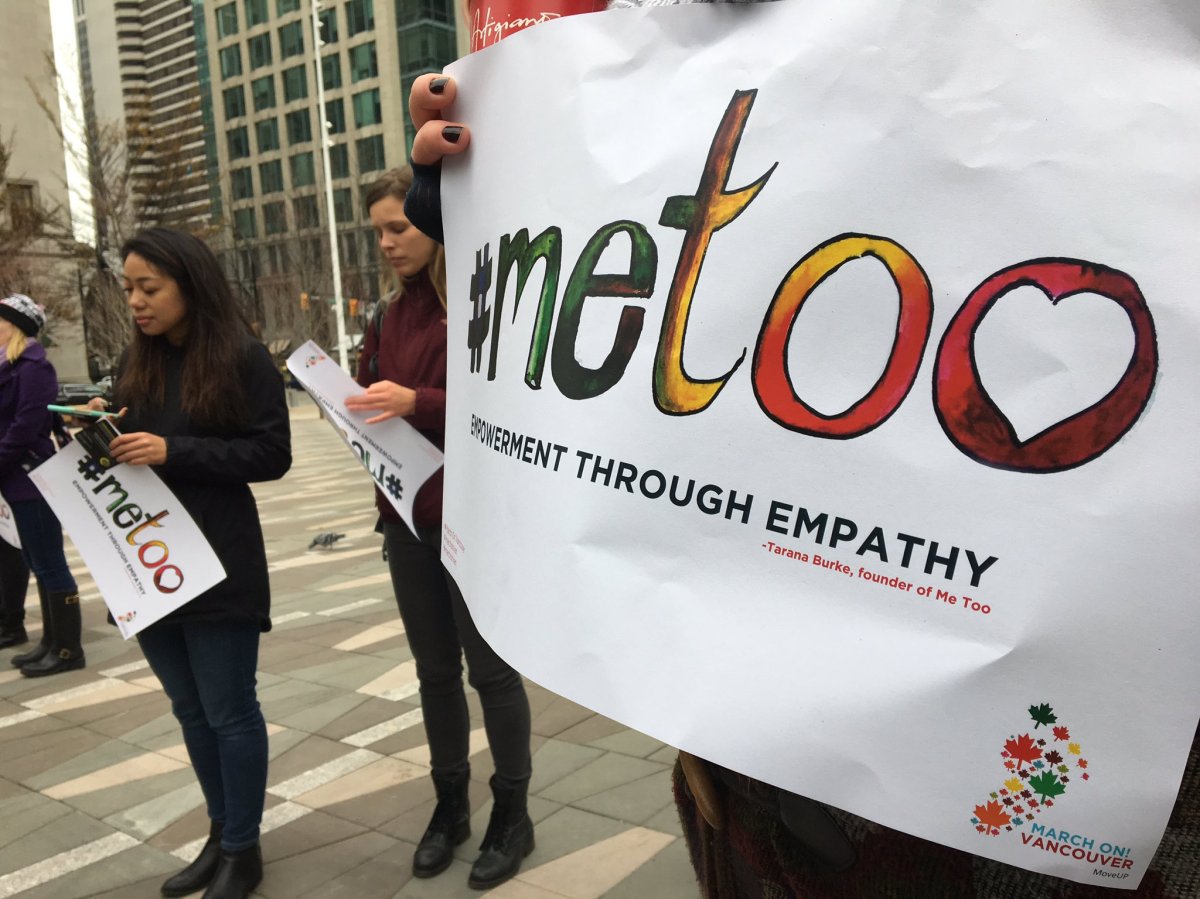Over the last two months, we have seen a deluge of news involving allegations against wealthy, high-profile men who tend to wield lots of power. This week, Time Magazine announced their person(s) of the year as being the silence breakers who have called out not only their individual alleged harassers and abusers but have also brought light to the issue of endemic sexual harassment in the workplace.

Additionally, the #MeToo movement has sparked an entirely novel concept as it pertains to sexual misconduct, which is to hear women out before dismissing their allegations and chalking it up to age-old misogynistic tropes of women being vindictive liars looking to settle a score.
This has brought about interesting conversations in a lot of ways, but one, in particular, that is worth zeroing in on is just how much of our overall political and media narrative is shaped by those doing the alleged harassing and abusing.
Matt Lauer is one of the latest to be accused of sexual misconduct, and has since been ousted from NBC. Despite the clean-cut, dad next-door image Lauer portrayed in front of the camera, his sexism was often right there for people to see. There was the interview with Anne Hathaway where he thought it was appropriate for him to ask about a paparazzi picture of her vagina. There was the year-long terse on-air treatment of his former co-host Ann Curry. Yet perhaps the most blatant and egregious display of Lauer’s lack of respect for women as equals was his handling of the town hall he moderated during the 2016 U.S. presidential election. And Lauer’s not alone there.
Aside from being lecherous creeps, the common thread among many of the high-profile journalists who have been accused of varying levels of sexual misconduct – Mark Halperin, Leon Weiseltier, Glenn Thrush, Matt Taibbi – was their obvious disdain for the first female candidate for president.
COMMENTARY: #MeToo creates discomfort and a challenge
There is a myriad of legitimate reasons why Clinton lost – shoddy micro-targeting of potential voters, taking the so-called “blue wall” of Michigan, Pennsylvania and Wisconsin for granted, incoherent campaign messaging. Yet there is still the acrid aftertaste of just how many of the men we now know to be accused of harassing their female colleagues had an instrumental role in the political coverage of the last presidential election.
As Rebecca Traister has noted for New York Magazine, a lot of the men who have been accused of being misogynists were instrumental in shaping the political narrative, “They are also the men with the most power to determine what messages get sent about politicians to a country that then chooses between those politicians in elections.”
Traister is obviously right, however, there’s an even broader point to be made here about what happens when homogeneity in newsrooms and opinion pages start to impact the kind of coverage we see. Columbia Journalism Review released an analysis this week of how the press covered the last presidential election and focused on the New York Times’ coverage in particular. The conclusion was incredibly grim for anyone who values information.
COMMENTARY: Me too, but now what?
And when it comes to homogeneous news and opinion, the problem is exponentially worse in Canada than it is in the United States, as our media is much less diverse and much more concentrated.
The halls of Parliament are not somehow more moral in character than the halls of Congress. It’s only a matter of time before Canada really starts to see our own #MeToo moment start to take down the many men and women we hold in high esteem that have abused their power. The question is, though, will our media be able to effectively report on it? If this past week was any indication, the answer would be a clear no.
Diversity matters not because it’s become some sort of trendy buzzword, but because it has real and lasting measurable impacts. Having too many of any one demographic shaping the way the public perceives an issue is going to skew the narrative.
We have yet to be tested in a way that the American media has, but given the current makeup of Canadian media and the relative uniformity of our commentariat, I’m confident that Canadian media will largely end up failing spectacularly.
Supriya Dwivedi is host of The Morning Show on Global News Radio AM640 Toronto and a columnist for Global News










Comments